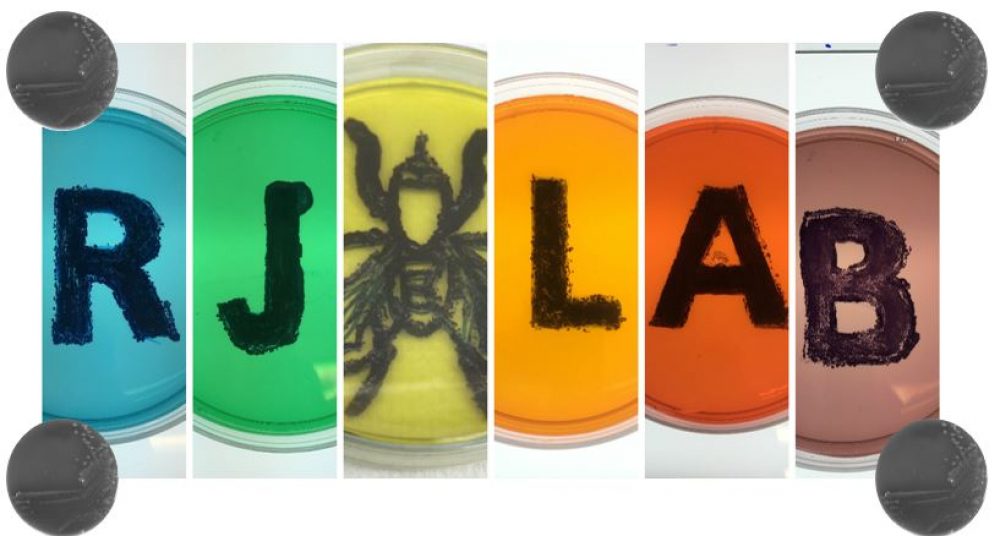Many bacteria are exposed to a variety of environments during their lifecycles. Particular signals in these environments may activate expression of genes that result in changes that allow the bacterium to cope more effectively with a specific environment. Past work in the lab sought to understand how symbiotic bacteria survive in many distinct environments, including those encountered during the course of interaction with the host, by identifying and characterizing genes that are expressed in each environment. For our past work, click here.
Beginning in 2006: The R-J lab began working with a second intracellular bacterium that lives inside eukaryotic cells. This bacterium, Sodalis glossinidius, is a facultative intracellular bacterium that is a secondary symbiont of the tsetse fly. The Sodalis genome has recently been sequenced, and the bacterium is phylogenetically related to E. coli. We plan to use this bacterium as a model organism to address the question “What are the physiological requirement for intracellular life, regardless of type of endosymbiosis?”. We studied the the role and regulation of heme, iron, and blood tolerance mechanisms of Sodalis. We are completing work that adresses how Sodalis utlizes sugars, including the chitin-derived N-acetylglucosamine and have just received NIH funding in 2024 to more thoroughly investigate blood tolerance in Sodalis.
Beginning in 2023: The R-J lab is starting projects in the area of food microbiology, particularly fermentation and cheese production. We are interested in working with cheesemakers and other fermenters to explore interesting and potentially beneficial microbes in fermented foods and to explore the biology of these microbes.
Work in the R-J lab has been supported by the National Institutes of Health, the Thomas F. Jeffress and Kate Miller Jeffress Memorial Trust, and the University of Richmond School of Arts and Science.
